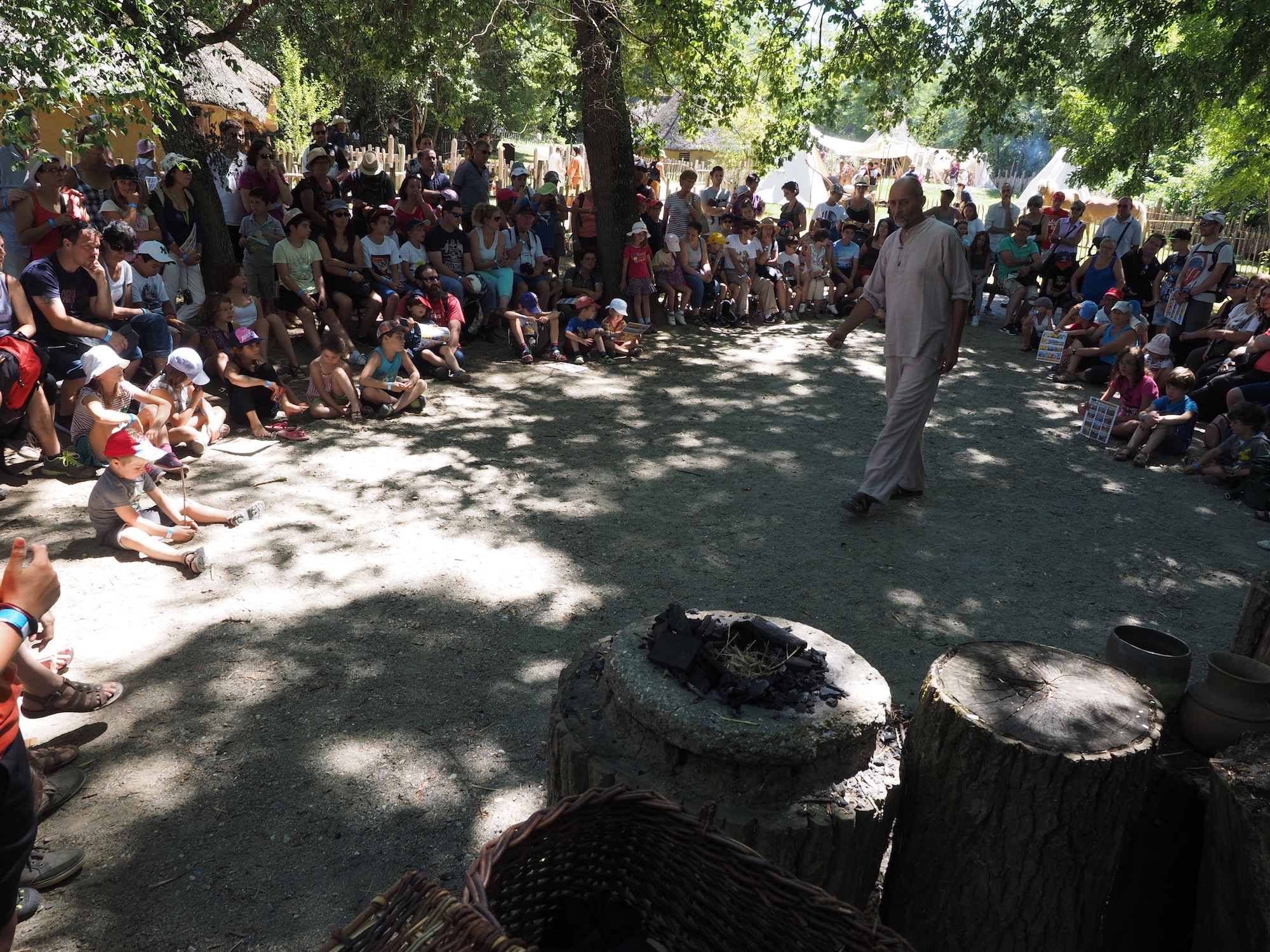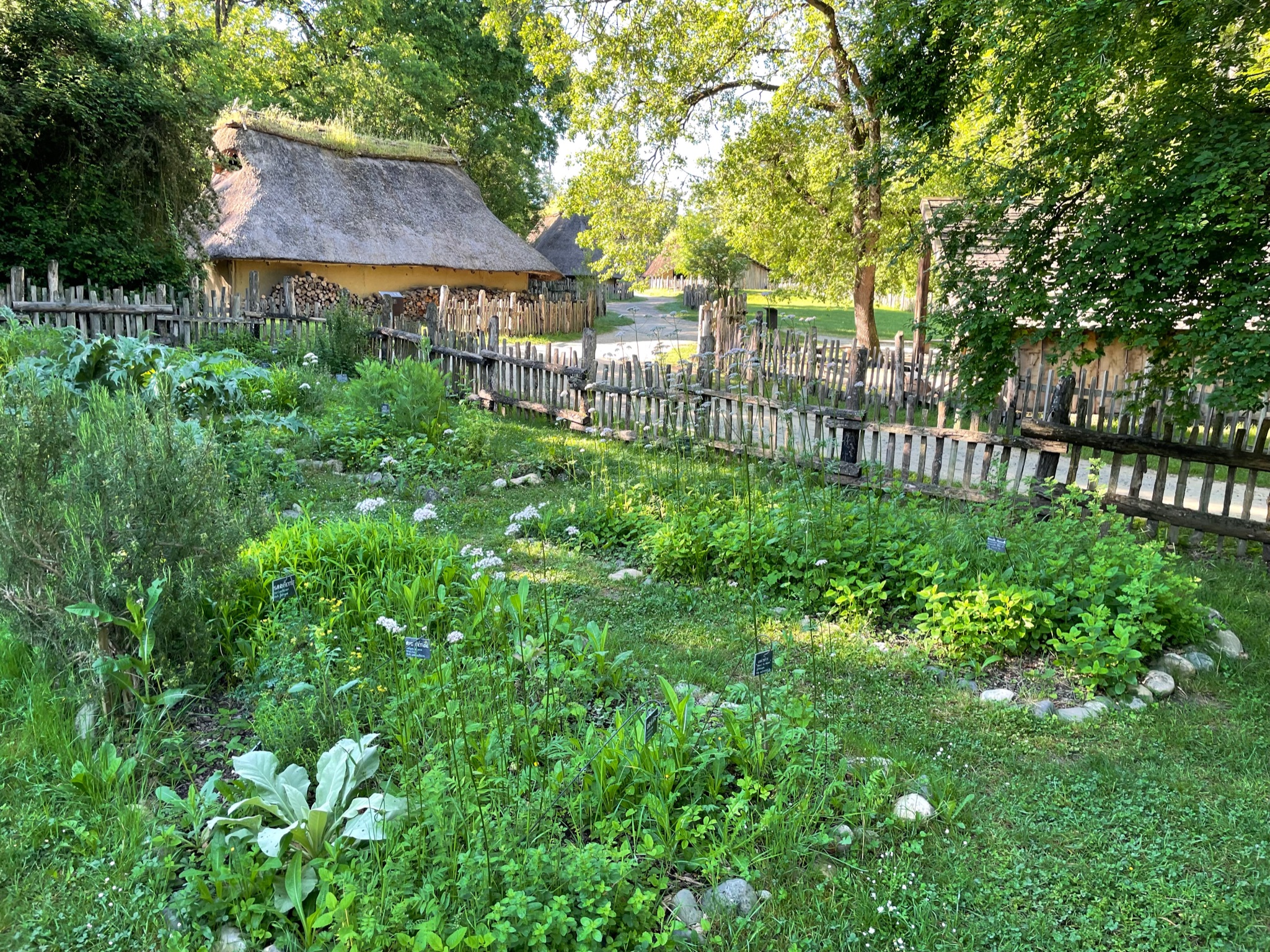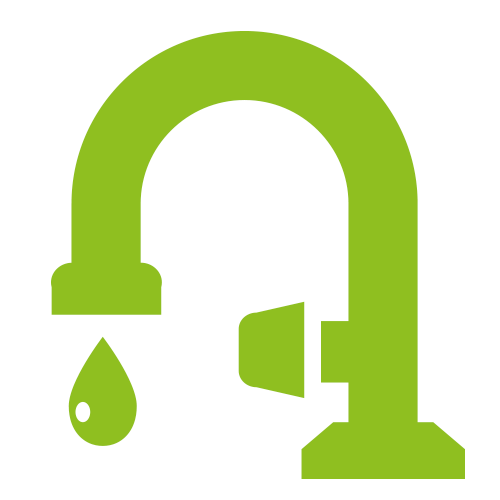
Our missions and commitments

Our missions
Highlight this unknown period
Unlike other reconstruction sites, the Gaulish Village only covers the Gaul period: the 2nd Iron Age, from 450 to 52 BC.
When it comes to history, our roots don’t stop when written sources appear; they go much further back. Two thousand years went by between the appearance of metal and the Roman conquest.
Our history textbooks explore everything from prehistoric caves to Egyptian pyramids. The Gaul hut and its moustachioed residents only appear as an introduction to Gallo-Roman civilisation. Despite Vercingetorix loudly throwing his weapons at Caesar’s feet to establish a somewhat patriotic national history, the actual civilisation wouldn’t have made it into our countryside without the Roman legions coming first. In the 19th century, a national complex obscured our protohistory and replaced it with the empire as a model.
That said, people now have a renewed interest in our history. We believe experience and reconstruction is essential to exploring archaeology. Nowadays, everyone wants to get back to their roots and back to basics, and this approach to archaeology makes you realise that our worlds aren’t so different after all. This is a world where human life was bound to nature, where expertise and an intellectual process that is partly lost forever, made mankind what it is: reasonable beings.
The idea isn’t to impress the experts; the idea is to introduce this period of history and archaeology to anyone who is put off by it, anyone who describes it as “boring old stones” because they have only seen the tedious side to it. Archaeology is still a specialist field.
Who can resist somewhere that operates all year round, with its crops, livestock, workshops and trades? It makes it far easier to understand.
The Gaulish Archaeosite has three missions:

- Our scientific mission mission is based on experimental archaeological research. All the replicas of Gallic habitats, objects and tools are based on precise scientific data from excavations in the region and across France.

- Our educational mission is to bring archaeological research findings, which are often reserved for a specialist audience, to the masses. Our mission involves workshops demonstrating ancient skills and techniques: woodwork, leatherwork, brassware, weaving, feltwork, spinning, basketry, blacksmithery, bronze work, pottery, minting, goldsmithery, coracle sailing and more. Guided tours, interactive workshops, orienteering, surveys and a whole host of visitor experiences to learn more about the site.

- Our tourism mission is to attract the general public to the region. The Gaulish Village is recognised as a regional cultural centre. The Archéosite provides a wide range of options for visitors of all ages and is open all year round. In addition to the re-enactments, visitors can meet Gaul craftsmen and watch them at work in their workshops during the orange and blue periods. There are also 3 major events every year. Public interest is high, with almost 40,000 visitors exploring the village paths every season.
Our commitments
Our commitment to the environment, it's been part of our daily routine for over 20 years!
Our approach is based on eco-construction and self-build
“The simplicity of these inexpensive Gallic buildings can apply to contemporary housing today.”
By definition, Gallic construction is part of a High Environmental Quality (HEQ) approach. The Archaeosite’s buildings prove just how up-to-date and inspiring they are as they fulfil 14 HEQ targets. Using locally-sourced materials (wood, earth and thatch) set the project apart as it didn’t require any form of transport, mechanical work or packaging, it was easy to procure and there was no waste as everything was used.

The Archaeosite’s reception building covers an area of almost 400m2 and its sun exposure follows the summer and winter solstices, providing maximum sunlight and premium comfort. The entire building meets all thermal comfort criteria, with no added insulation. Air conditioning is unnecessary as the building’s low roof stops the sun hitting the walls directly.
The building has been classified as High Environmental Quality and is also designed to welcome the public.
Download the article of the technical specifications of the building (French)

Profile: The caretaker’s house
Another building stands out on the visitor trail. It may look like a Gaul house but it was actually meant to be a home…












 Tickets
Tickets